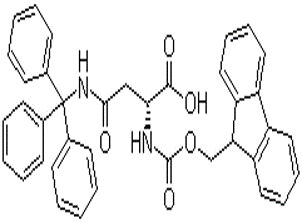4-Chloropyrrolo[2,3-d]pyrimidine(CAS#3680-69-1)
| Risk Codes | R36/37/38 – Irritating to eyes, respiratory system and skin. R25 – Toxic if swallowed R20/21/22 – Harmful by inhalation, in contact with skin and if swallowed. |
| Safety Description | S26 – In case of contact with eyes, rinse immediately with plenty of water and seek medical advice. S37 – Wear suitable gloves. S45 – In case of accident or if you feel unwell, seek medical advice immediately (show the label whenever possible.) S36 – Wear suitable protective clothing. |
| UN IDs | UN 2811 6.1/PG 3 |
| WGK Germany | 3 |
| RTECS | UY9360000 |
| TSCA | No |
| HS Code | 29335990 |
| Hazard Class | IRRITANT |
| Packing Group | Ⅲ |
Introduction
4-Chloropyrrolo[2,3-d]pyrimidine is an organic compound. The following is an introduction to the properties, uses, preparation methods and safety information of the compound:Quality:- Appearance: 4-chloropiralo[2,3-d]pyrimidine is colorless to light yellow crystals or white powder.- Solubility: 4-chloropyrolo[2,3-d]pyrimidine is soluble in chloroform, dimethyl sulfoxide (DMSO) and ethanol.Use:- 4-Chloropyrolo[2,3-d]pyrimidine is an important intermediate in organic synthesis and can be used to synthesize various molecules containing this structure.Method:- 4-Chloropyrolo[2,3-d]pyrimidine can be synthesized by a variety of methods, one of which is to use 2,3-dichloropyridine as the starting material, and undergo esterification, dehydrochlorination, and dehydroxyhydrochlorination to obtain the target product.Safety Information:- 4-Chloroporolo[2,3-d]pyrimidine is irritating and irritating to the eyes.- Appropriate personal protective equipment, such as lab gloves and goggles, should be worn when using or handling the compound.- Avoid inhaling, ingestion, or contact with the skin and from entering water bodies or the environment.- When using this compound, refer to the detailed safety literature and follow good laboratory practices.


![4-Chloropyrrolo[2,3-d]pyrimidine(CAS#3680-69-1) Featured Image](https://www.xinchem.com/uploads/4-Chloropyrrolo23-dpyrimidine.png)





